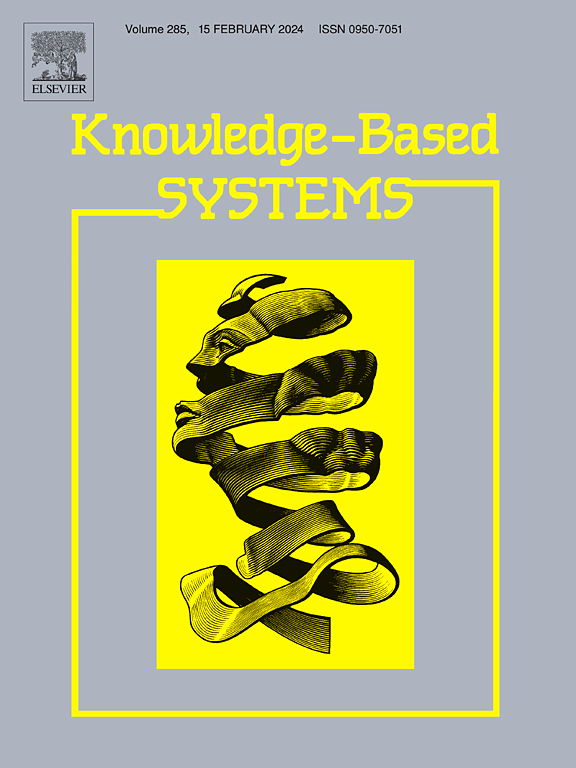Convolutional long-short term memory network for space debris detection and tracking
IF 7.2
1区 计算机科学
Q1 COMPUTER SCIENCE, ARTIFICIAL INTELLIGENCE
引用次数: 0
Abstract
Space debris detection, as space environments become increasingly crowded, has gradually become a field in urgent need of research. Due to the dim and undersized characteristics of space debris and other limitations in the observation, it often requires combining information from multiple frames to identify desired targets. At present, there are mature model-driven methods available for detecting space targets. In practical applications, however, these methods often encounter issues requiring targeted parameter tuning. Therefore, we adopt a deep learning approach to solve these issues. By employing a recurrent neural network model, we merge target detection and tracking into a unified task, thereby maximizing the utilization of temporal information. Besides, we have implemented backbone network designs and resampling methods tailored for dim and small targets. In the experiments, the proposed method achieved an average recall rate of over 96.3% for targets with SNR over 1.5 in the synthetic dataset with an average frame processing time of 34 ms. Furthermore, a recall rate of 98.1% is obtained when processing the optical images acquired from a wide-field diameter telescope located in Changchun Observatory. These results suggest that the proposed method holds promise for further applications in spatial situational awareness.
用于空间碎片探测和跟踪的卷积长短期记忆网络
随着空间环境日益拥挤,空间碎片探测逐渐成为一个急需研究的领域。由于空间碎片的暗淡和尺寸不足等特点以及观测的其他限制,往往需要结合多个帧的信息来识别所需目标。目前,已有成熟的模型驱动方法用于探测空间目标。但在实际应用中,这些方法经常会遇到需要有针对性地调整参数的问题。因此,我们采用深度学习方法来解决这些问题。通过采用递归神经网络模型,我们将目标检测和跟踪合并为一项统一的任务,从而最大限度地利用了时间信息。此外,我们还实现了主干网络设计和重采样方法,以适应昏暗和小型目标。在实验中,对于信噪比大于 1.5 的合成数据集目标,所提出的方法在平均帧处理时间为 34 毫秒的情况下实现了超过 96.3% 的平均召回率。此外,在处理从长春天文台宽视场直径望远镜获取的光学图像时,召回率达到 98.1%。这些结果表明,所提出的方法有望进一步应用于空间态势感知领域。
本文章由计算机程序翻译,如有差异,请以英文原文为准。
求助全文
约1分钟内获得全文
求助全文
来源期刊

Knowledge-Based Systems
工程技术-计算机:人工智能
CiteScore
14.80
自引率
12.50%
发文量
1245
审稿时长
7.8 months
期刊介绍:
Knowledge-Based Systems, an international and interdisciplinary journal in artificial intelligence, publishes original, innovative, and creative research results in the field. It focuses on knowledge-based and other artificial intelligence techniques-based systems. The journal aims to support human prediction and decision-making through data science and computation techniques, provide a balanced coverage of theory and practical study, and encourage the development and implementation of knowledge-based intelligence models, methods, systems, and software tools. Applications in business, government, education, engineering, and healthcare are emphasized.
 求助内容:
求助内容: 应助结果提醒方式:
应助结果提醒方式:


